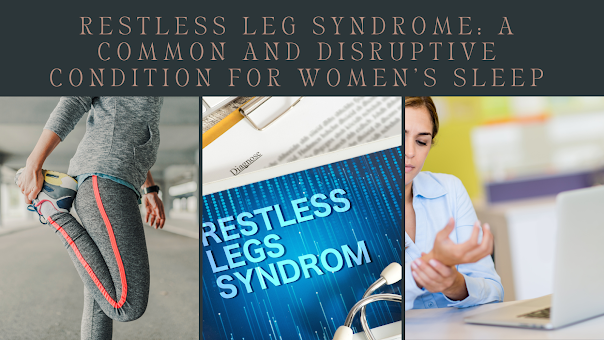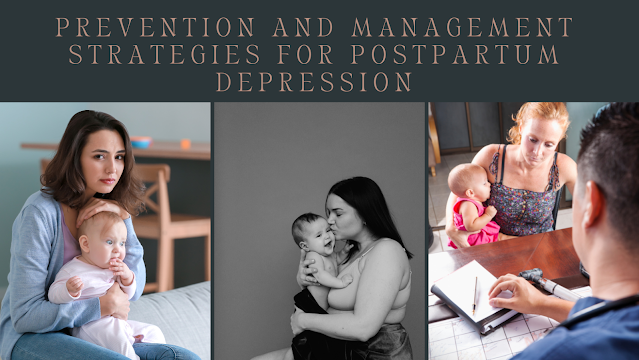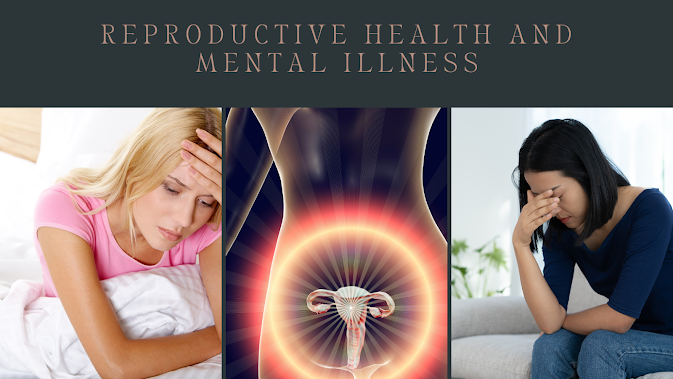Understanding Your Body's Signals: 8 Ways it Tells You Something Might Be Wrong

Introduction In the intricate symphony of our bodies, there are subtle cues and signals that can indicate underlying health issues. Paying attention to these signs is crucial for early detection and prompt intervention. In this article, we will explore eight ways your body might be signaling that something is amiss, along with insightful solutions to address these concerns. 1. Unexplained Weight Changes Description : Sudden weight loss or gain without any apparent reason can be a red flag for various health conditions such as thyroid disorders, diabetes, or digestive issues. Solution : Consult a healthcare professional to evaluate potential causes. They may recommend dietary adjustments, exercise, or further medical tests to identify and address the underlying issue. 2. Persistent Fatigue Description : Feeling constantly tired, even after a full night's sleep, may indicate conditions like anemia, sleep apnea, or chronic fatigue syndrome. Solution : Prioritize quality sleep, m










